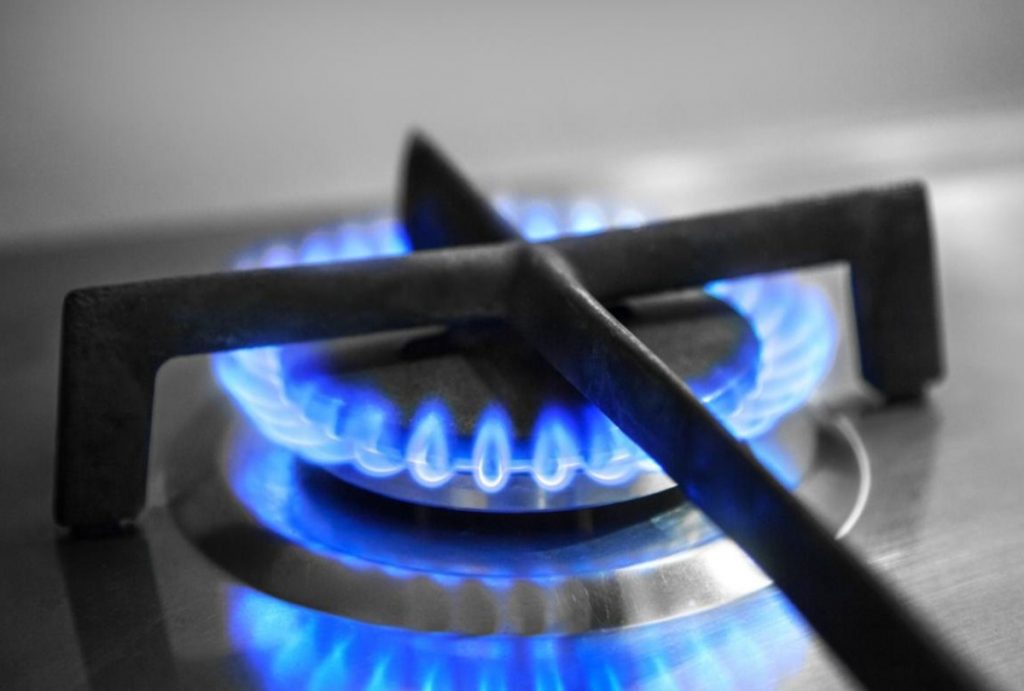
(Reuters) – U.S. natural gas futures climbed on Thursday on a smaller-than-expected storage build, rising gas flows to liquefied natural gas export plants and forecasts for hotter-than-normal weather over the next two weeks than previously expected.
Front-month gas futures for August delivery on the New York Mercantile Exchange rose 10.3 cents, or 3.2%, to $3.317 per million British thermal units at 10:36 a.m. EDT (1436 GMT).
On Wednesday, the contract closed at its lowest price since May 28.
The U.S. Energy Information Administration said energy firms added 53 billion cubic feet of gas into storage during the week ended July 4.
That was smaller than the 58-bcf build analysts forecast in a Reuters poll and compares with an increase of 61 bcf during the same week last year and an average of 53 bcf over the last five years (2020-2024).
The build left gas stockpiles around 6% above the five-year normal for this time of year.
SUPPLY AND DEMAND
Financial firm LSEG said average gas output in the Lower 48 U.S. states rose to 106.7 billion cubic feet per day so far in July, up from a monthly record high of 106.4 bcfd in June.
But on a daily basis, output has fallen by around 2.4 bcfd over six days to a four-week low of 105.1 bcfd on Wednesday. That daily output decline, however, was smaller than previously expected.
Meteorologists forecast weather across the Lower 48 states will remain mostly warmer than normal through at least July 25, which is likely to drive demand for cooling.
With hotter weather expected, LSEG forecast average gas demand in the Lower 48, including exports, would rise from 107.3 bcfd this week to 108.8 bcfd next week. Those forecasts were higher than LSEG’s outlook on Wednesday.
The average amount of gas flowing to the eight big U.S. LNG export plants rose to 15.6 bcfd so far in July as liquefaction units at some plants slowly exited maintenance reductions and unexpected outages. That was up from 14.3 bcfd in June and 15.0 bcfd in May, but remained below the monthly record high of 16.0 bcfd in April.
On a daily basis, however, LNG export feedgas was on track to rise to a 10-week high of 16.0 bcfd on Thursday with flows to U.S. energy company Cheniere Energy’s 3.9-bcfd Corpus Christi plant in operation and under construction in Texas expected to rise from 1.5 bcfd on Wednesday to 2.2 bcfd on Thursday, according to LSEG data.
The U.S. became the world’s biggest LNG supplier in 2023, surpassing Australia and Qatar, as surging global prices fed demand for more exports, due in part to supply disruptions and sanctions linked to Russia’s 2022 invasion of Ukraine.
Gas was trading around $12 per mmBtu at the Dutch Title Transfer Facility benchmark in Europe and $13 at the Japan Korea Marker benchmark in Asia.
Reporting by Scott DiSavino; Editing by Paul Simao and Barbara Lewis
Share This:




 CDN NEWS |
CDN NEWS |  US NEWS
US NEWS 


























